 By Jeevan Babu January 22, 2020
10 min read
By Jeevan Babu January 22, 2020
10 min readTop 7 mistakes to avoid when developing a fintech application
FinTech is the current buzzword in the market, covering the entire financial ecosystem. The main purpose of FinTech is to improve financial activities by making it more straightforward and accessible. Though changing the entire face of financial services is a big challenge, the potential of FinTech has no bounds to opportunities for serving the ever-increasing demand of the customers at a rapid pace.
With the high pressure of fulfilling the demand of the customers for a fast, easy, and secure transactions, there are possibilities of making mistakes. These mistakes would not only lead to a bad customer experience but also, cost you to lose over millions of dollars.
With a wide range of offerings right from multi-currency digital payments to P2P lending, these cumbersome applications can either make your day or lead to losses with a single mistake in the apps. Retaining customers and striving hard to achieve your goals, it is necessary to be aware of all the mistakes that you could make in the FinTech applications.
This blog provides a detailed insight into the top 7 mistakes that we likely ignore while developing a FinTech application.
- Data Cleansing
- Security Practices
- Hard and Fast Selection of a Platform
- UX Blunders
- Accessibility
- Optimization of the Onboarding Process
- Experience Matters
Let us walk through each one of them in the following sections.
Data Cleansing
Finance has a wide range of data with variable formats and quality. This data may be a result of live feeds from a stock exchange or maybe from databases. To avoid the monotonous collection such a huge repetitive, unstructured data, it is advisable to clean all the data being attracted to the application.
Data cleansing is often overlooked leading to inaccuracies slipping through the cracks. The larger issue is the amount of time that it takes to clean and prepare the data. This daunting task of data cleansing can be solved through innovative technologies like machine learning that would help to clean the data through-
- Discovering the usage of the data
- Structuring all the data of various formats, shapes, and sizes
- Standardizing the data
- Augmenting with internal or third-party data for the enhancement
- Validating to check the quality of the data.
- The final output of the cleansed data for analysis.
Another method to ignore the replacement of malformed data with default values is by using strict parsing rules. Such a powerful parser helps in consuming various feeds for FinTech data.
With data cleansing, it will be easy to remove and correct inaccurate, missing, and corrupt records irrespective of its source, further resulting in more accurate analysis.
Security Practices
To know the type of security features that should be incorporated in your application, you need to analyze the goal of building the FinTech app, audience, and the domain where it will be used. FinTech apps will mostly involve storing and transmitting financial information and funds.
While the financial data is moving to and fro, there are certain spots in a transmission where the data can be encrypted. FinTech applications that are powered by high-end encryption software will be able to hide the data in multiple locations. Moreover, the software has the potential to perform audits to find out possible weak spots.
To protect your funds, an everyday password isn’t sufficient and reliable. What if your device/system got stolen? In this case, multi-tiered authentication is always handy. Biometric identifiers like fingerprints or facial recognition add another wall of defense.
Weak spots may be situations where some potential hacker is trying to steal your password or any of your authorized identity. They will definitely try to steal money from your account. With real-time notifications, this situation can be tackled. Some banks are offering real-time notifications that help in identifying unauthorized access to your account. With this, you can immediately inform your bank to block the transaction and save your finances.
Another way to safeguard your financial data and money from fraudulent activities is by using digital signatures. With the help of end-to-end encryption and third-party authentication, the data is transferred securely. Another advantage of using a digital signature is limiting the ability of either party to dispute the terms of the deal and back out. Digital signatures may cost you more money and time but are one of the most reliable methods while transferring large funds.
While building any FinTech application, you should build with top-notch technical support and powerful secure servers. With the help of the cloud, data storage and distribution is faster and easier but welcomes a huge number of vulnerabilities. Therefore, it is ideal to keep your app scalable to have a seamless update of your app with the growing popularity.
Hard and Fast Selection of a Platform
The more the financial sector is growing, the more the people are expecting. Consumers’ ever-increasing demand for the services is an alarming situation for the companies planning to penetrate the BFSI sector. They need to stay updated and in pace with all the leading technologies and consumer expectations.
In the financial sector, the basic expectation from a software revolves around how the financial processes can be simplified for the customers as compared to the hassle of the traditional methods.
Today, FinTech platforms are gaining popularity among banks, microfinance companies, aggregator websites, insurance companies, and other financial institutions and organizations.
Therefore, it is essential to make the right investments in the financial platforms. People often expect to have a platform with all facilities at a lower cost. They often fall prey to such cheap deals and later incur losses and money for the maintenance of the platform and the app. You should consider the following tips:
- Before selecting a financial platform, ensure the platform’s capability to include core banking and digital banking services.
- The platform should have innovative features to improve customer experiences.
- The platform should be capable of meeting future needs and project growth.
- The platform should be able to offer seamless integration of services.
- The platform should be secure enough to protect all the financial information. It should be meeting security guidelines and requirements of recognized bodies.
- Easy-to-use platform with the ability to handle complexities of the process and organizations.
UX Blunders
While building FinTech applications, one of the challenging tasks is defining a perfect UX for the financial ecosystem that is mostly closed systems like internet banking, etc available to internal users and customers.
The users of a FinTech app have different levels of experience and knowledge about technology. A tech-savvy person may catch up with the app very soon as compared to a non-technical person who would take more time to interact with the app. The app designers fall prey to the assumption that what is intuitive for them will be intuitive for the user as well. FinTech app has a clear goal. It will mostly deal with money and financial information. Therefore, providing too many features will result in the failure of the app. The FinTech solutions should be very simple, easy to grasp, and well-polished.
Accessibility
When you build a FinTech app, remember there is another group of users, the users with disabilities. One of the top quality designs is adding assistive technologies to your app for making accessibility easy.
Accessibility has a clear impact on user-experience. Accessibility is all about the users’ capacity to use the application. While developing the FinTech application, accommodate all the requirements of the potential users, irrespective of their abilities and disabilities, and their situational barriers.
Universal design is suggested for FinTech apps that cover all the users in terms of accessibility. Universal design includes equitability, flexibility, intuitiveness, simplicity, optimizable, less number of repeated actions, and sizes and shapes for use and approach.
Optimization of the Onboarding Process
You have a financial app in your hand. There is a wide range of services being offered to you. But, the app is directly asking for your financial details. Do you think this was a great start to the conversation? Once the financial information is asked to you, you are likely to abandon and avoid further contact with the app.
While onboarding your customers, the most crucial thing is to provide a space for building trust and relationships with the users. Try to provide a demonstration of the app and how it will prove a benefit to the user. Try to engage the user into interaction and create a positive and relaxing experience. You need to think from the user perspective while planning to optimize the onboarding process.
Since the onboarding process is one of the most vital interactions between the user and the product, you have to be very careful about creating an endearing experience that would help them to adopt your FinTech application.
Experience Matters
Many people are of the opinion that FinTech app development is similar to other app development processes. While entering the FinTech market, organizations are visionary enough to try their hands in this domain but still lack the power of knowledge about their target market and what are the customers’ behavioral patterns around money, credits, savings, and payments as customers think completely different than their regulators do.
Organizations claim to have the best technical capabilities that would align with their clients’ requirements. But they lack the necessary regulatory know-hows leading to the failure of the app. They fail to keep abreast of regulatory changes and non-acquainted with convoluted rules of payments, securities, money laundering, and many more.
Developing a FinTech product isn’t everyone’s claim to fame. When we say powerful FinTech product, our minds run through the following expectations:
- Stability
- Security
- Reliability
- Performance
- Simplicity
- Transparent
- Decentralized
To achieve these features in a single product, experienced developers and a matured partnership capable of building such robust systems in the FinTech domain are required. They are already prepared for the challenges ahead.
Experience partnership welcomes a smooth process by understanding the specific requirements and their continuous quest for innovative solutions to meet consumer needs. They should be capable of having a defined and structured process, question and answers, immediate resolution of the bug fixes, and internal support to the application.
Conclusion
The FinTech industry is highly regulated. Even a small mistake in the app can cost you billions of dollars. Staying abreast of the technologies and regulations is necessary in addition to smart business plans.
The FinTech ecosystem is wide and covers a lot of factors covering situations, cases, and standards. Capital injections require a lot of highly secure operations. FinTech app development companies are constantly racing to provide the best FinTech apps to their clients by catering to their requirements. Pacing up in this competitive edge, some mistakes are often made during the development process. This blog lists the top 7 mistakes that we often ignore while developing a FinTech application.
If you have faced any other complexities, then you may connect with us to share your experience.
Author Bio


 Facebook
Facebook Whatsapp
Whatsapp LinkedIn
LinkedIn Pinterest
Pinterest


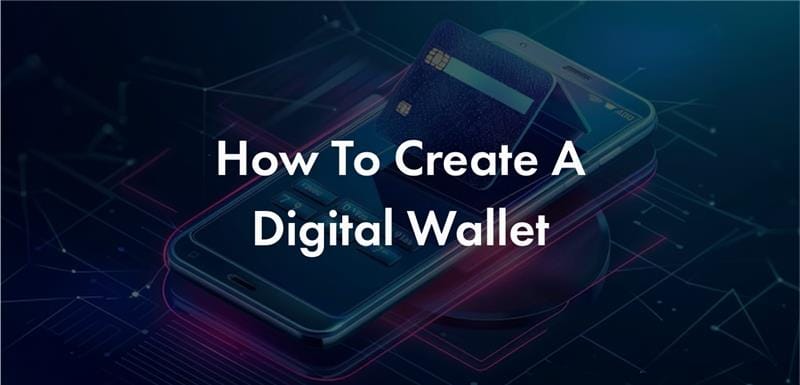

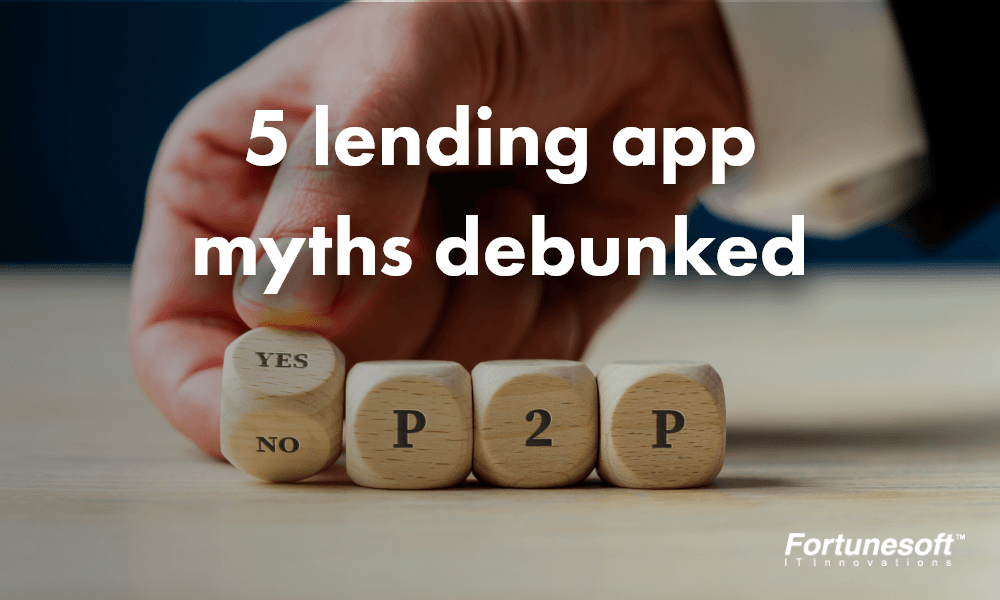

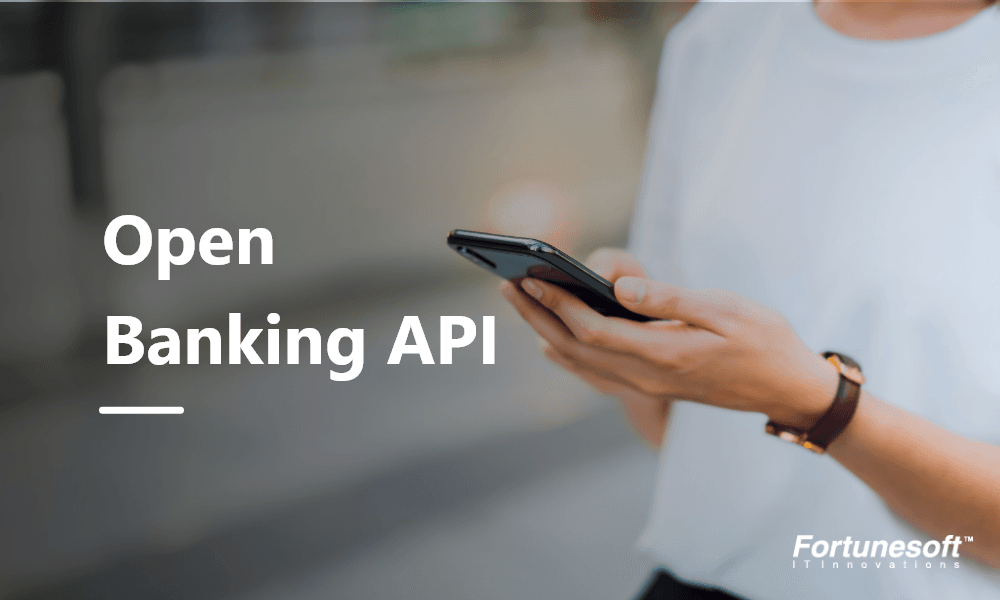
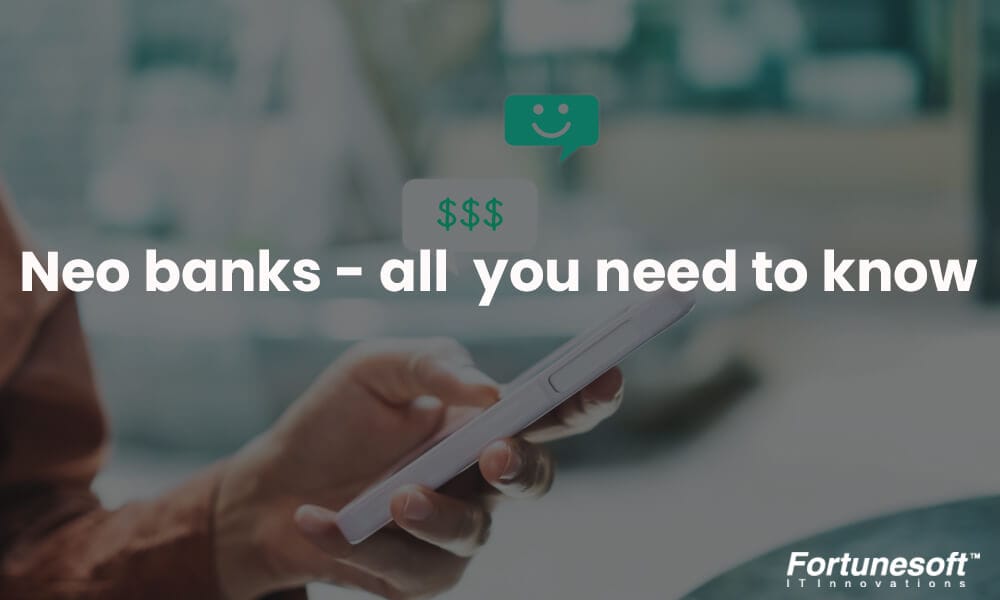


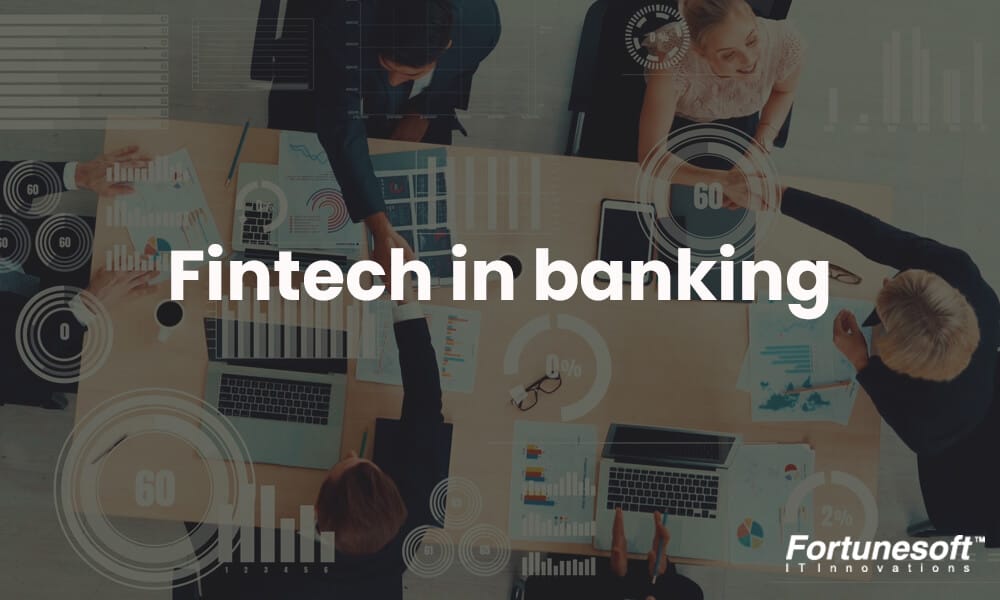



 Start Chat
Start Chat